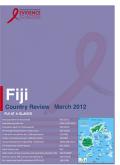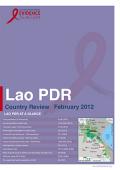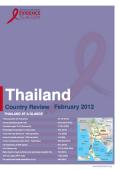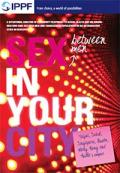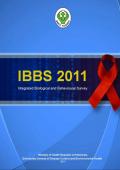Publications on Key Populations
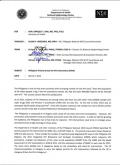
Resource | Fact Sheets,
The Philippines is one of only seven countries with an increasing number of new HIV cases. Since the population of 94 million people is big, if the HIV prevalence reaches 1%, that will mean 940,000 Filipinos will be infected with HIV. The country cannot afford this predicament.
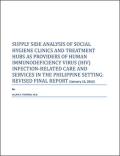
Resource | Publications,
The epidemiology of HIV infection in the Philippines has shifted dramatically in the last five years. A combination of increased risk behavior among young Filipinos, low levels of knowledge regarding HIV transmission and prevention, and underfunded HIV prevention and treatment programs may have led to a rapid rise in HIV incidence and prevalence.
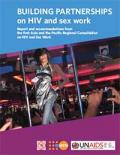
Resource | Publications,
This Regional Consultation, which was the result of an extensive and participatory process spanning over a year, brought together some 140 participants from eight countries in the region as well as selected national, regional and global resource persons that have experience or influence in the area of HIV and sex work.






